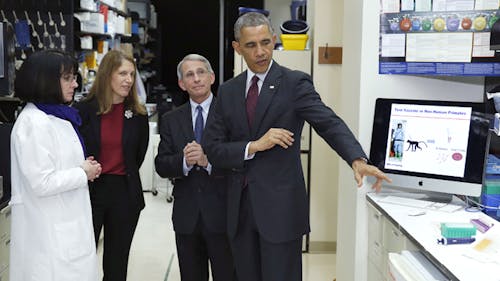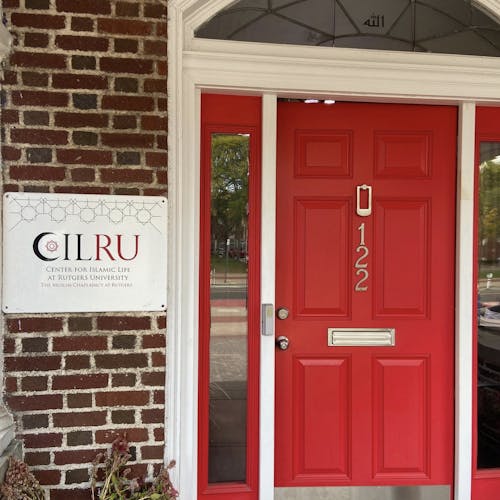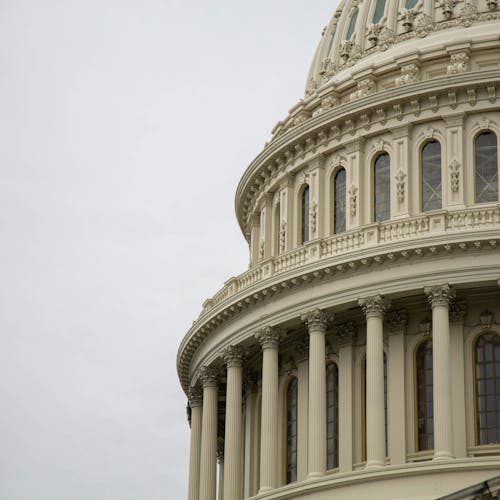Workshop course presents risk communication regarding Ebola

When it comes to Ebola, there are few risks most people are willing to take to protect their health.
The workshop course “Risk Communication and Ebola: Principles, Protocols and Problems,” held in the Cook Student Center on Dec. 2, discussed the principles of risk communication and the digital revolution of social media in regard to an array of crises.
Bill Jamison, a Rutgers communications consultant, and Kelly Weber, writer and producer of Television and Instructional Video, led the lecture. The presentation revolved around the relevancy of social media and communications regarding instances like the Ebola outbreak in West Africa.
The workshop is meant to focus on the mistakes some officials may have made during the Ebola crisis, Weber said. The lecture also covered how to communicate well and use social media effectively during times of crisis.
When Ebola gained momentum in the news a few months ago, Jamison was told to start offering updated information on Ebola versus anthrax, bioterrorism and smallpox.
“As I began to update [this course], I realized that in the last eight years or so, there has been an amazing growth in the use of social media,” Jamison said. “Technology changes and therefore changes the way we teach communication.”
The workshop discussed social media as a tool to manage a public relations crisis, including the evaluation of conversations about the incident, assessing the level of threat and determining a response.
Twitter was emphasized during the presentation, where Jamison and Weber explained how the social media site can become an ideal newspaper for the public. It also allows people to learn the story from a first-person perspective.
Some examples of Twitter’s role in risk communication included 40,000 Tweets sent during the first minute of an earthquake felt along the Northeast coast in August 2011, as well as the outcomes of a “rogue Tweet.”
A rogue Tweet is a Tweet that is published but then subsequently deleted. Weber and Jamison stated that deleting a Tweet may not be the best choice, especially since an audience may have seen it anyway, or it may resurface later.
“Twitter is powerful, and I think there is a different way to share information today than there was 10 years ago,” Jamison said. “Twitter, Facebook, social media — if we ignore it, we’re just going to be left out of a stream of information, and so the workforce needs to incorporate social media into crisis communication.”
When responding to a crisis, the workshop discussed ways to convey information, including the protocol for what to say to the public.
During the lecture, audience members were instructed to get into groups and participate in various exercises, such as coming up with a Tweet for a crisis-type scenario, a definition of terms to give to the public and developing a press statement for Ebola situations.
Weber said the purpose of examining Ebola as the foundation of crisis communication means emphasizing the crisis beside Ebola in light of social media. He said this highlights Ebola’s power and influence from start to finish through social media.
The audience consisted largely of people involved with New Jersey public health, such as nurses, educators and newcomers getting certificates in environmental health.
Gina Miranda-Diaz, health officer director of West New York, New Jersey, said the course is important because public health professionals are often called in to help explain unclear information.
Jamison said the most important factor in effective communication is the credibility of the source.
“You can always be 100 percent certain when speaking about the past, [but] you can never be 100 percent certain when speaking about the future,” Jamison said.



